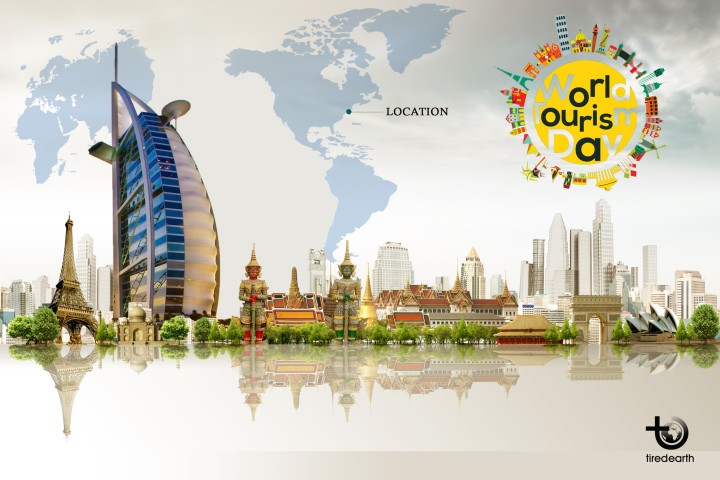Disadvantages
1- Tourism can often cause environmental damage with things like pollution and forest fires. Even if tourists behave responsibly, the sheer number of them can cause problems. Things like ancient buildings, monuments, and temples often struggle to cope with the vast amounts of tourist traffic and they suffer wear and tear or damage.
2- Often times, most of the tourism industry (travel companies and hotels, for one) in a developing country is actually owned by big foreign companies. They make the major profits, leaving local businesses with relatively little benefit.
3- Tourists can often lack respect for local traditions and culture, not following local dress standards, getting drunk in public or behaving rudely or inappropriately towards locals.
4- Tourism jobs are quite commonly seasonal and insecure with no extra benefits, such as pensions, sick pay, or health care. Some areas can be inundated with visitors during busy times, and then virtually deserted for many months.
5- Although often jobs are created by tourism, most are relatively low level, such as bar work, hotel service, restaurant serving, and so forth. They also have little prospect for promotion.
In conclusion, this is an amazing industry to contribute today's economy. It is a great way for people to spend their money and also for cities to attract other people.
Holly places & shrines and tourism
Religious tourism, also commonly referred to as faith tourism, is a type of tourism, where people travel individually or in groups for pilgrimage, missionary, or leisure (fellowship) purposes. Almost every religion in the world recommends travelling to other places as a tourist due to some goals and recognizes the spirituality of travel. In Quran and other scriptures, various places are given great significance for the roles they play in different belief systems. Some are the birthplaces of gods, some are thought to be gifts from the gods, some are centers of religious leadership and some are simply beautiful places to worship. Here we try to name some of the most famous religious places, draw pilgrims from all corners of the world every year.
The holiest places for pilgrims of all religions
Lumbini
It is said Siddhartha Gautama, who eventually became the Lord Buddha, has been born in this garden, Lumbini, Nepal, in 623 BC. Siddhartha was a prince who left his palace at the age of 29 to seek enlightenment. Lumbini began attracting pilgrims after 249 BC, when the Indian Emperor King Ashoka first travelled there. The Ashokan Pillar in Lumbini Garden marks the king’s pilgrimage and is inscribed with a dedication to the Buddha. Other sacred monuments include the stone slab where Siddhartha was born, housed by the Maya Devi Temple, and the pool in which Siddhartha was bathed after being born, called Puskarni.
Vatican City
In 1929, Vatican City, or the Holy See, became an independent state, though it has been the home of the Pope, the leader of the Catholic Church, since 1378. St Peter’s Basilica houses the tomb of the first Pope, the apostle St Peter, who was crucified and buried there. Other attractions include the Sistine Chapel, the Vatican Gardens and the Vatican Museums.
Mecca
This holy place is located in Saudi Arabia, Middle east and is the birthplace of the prophet Mohammad and the place of sinking the Quran.
The note about this holy place is that non-Muslims are not allowed inside Mecca, the holiest place in Islam, so this excursion is only for believers.
Every year, millions of Muslims embark on a journey to Mecca, called the Hajj. The pilgrimage is meant to promote unity among followers of Islam. It is so central to Islam that one of the religion’s Five Pillars is for every able-bodied adult to carry out the Hajj at least once in their lifetime, providing they can afford to. Mecca is where Muhammad, the prophet who founded Islam, was born, and where he received the first revelation of the Qur’an. Pilgrims visit the Grand Mosque in order to praise Allah before the Kaaba, Islam’s most sacred building.




